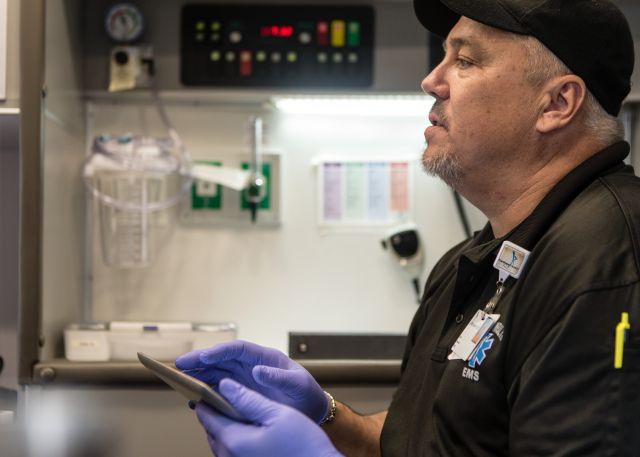 Every day, the public interacts with and manages data using touchscreens and voice controls. They employ smartphones to send messages and navigate touchscreen laptops to surf the internet. They turn to virtual assistants like Siri and Alexa to gather information and order products. The radio of the future will incorporate these user interfaces that the public has become accustomed to in the rugged devices first responders rely on.
Every day, the public interacts with and manages data using touchscreens and voice controls. They employ smartphones to send messages and navigate touchscreen laptops to surf the internet. They turn to virtual assistants like Siri and Alexa to gather information and order products. The radio of the future will incorporate these user interfaces that the public has become accustomed to in the rugged devices first responders rely on.
However, bringing consumer interfaces into the public safety realm must go beyond simple technology integration. For first responders, an ordinary day can quickly turn into a chaotic, high-stress and sometimes dire situation. That’s why they turn to mission-critical, public safety radio communications. Designed for instinctive usability, these devices are durable and easy to operate when everything is on the line.
Much like these devices, the radio interface of the future must be effortless to use in the most chaotic situations. It must prioritize simplicity, clarity and speed – regardless of the situation.
In the field and on the front lines, a device and interface that is distracting and diverts attention is inefficient and – more importantly – it’s dangerous. An intuitive and natural interface will enable first responders to keep their attention on their surroundings, rather than their radio controls. Incorporating natural language voice controls – designed to be understood the first time without confusion or muddling – will help public safety personnel operate with eyes-up situational awareness.
In addition, the next generation radio interface must be hardened to endure the unique situations and environments first responders may find themselves in. Touchscreens must be durable and ultra-rugged. They need to be able to withstand the worst of conditions and reject false touches from rain drops, debris and other environmental factors, while being sensitive enough for use by emergency personnel wearing heavy-duty gloves. The screen display needs to be easy to read – whether outside in blazing sunlight or in a dark room. And the on-screen navigation must be intuitive and easy to use in high-stress situations.
Ultimately, the user interface of the future must be carefully curated and designed with first responders in mind. It must take today’s readily available and widely-utilized consumer interfaces and adapt them to the unique needs of public safety. Purpose-built, hardened technology and intuitive navigation must come together to ensure that every interaction is simple, fast and logical. Because for public safety – whether it’s a routine task or a rapid response to chaotic circumstances – every second matters.
Download our eBook to learn more about the radio of the future.




